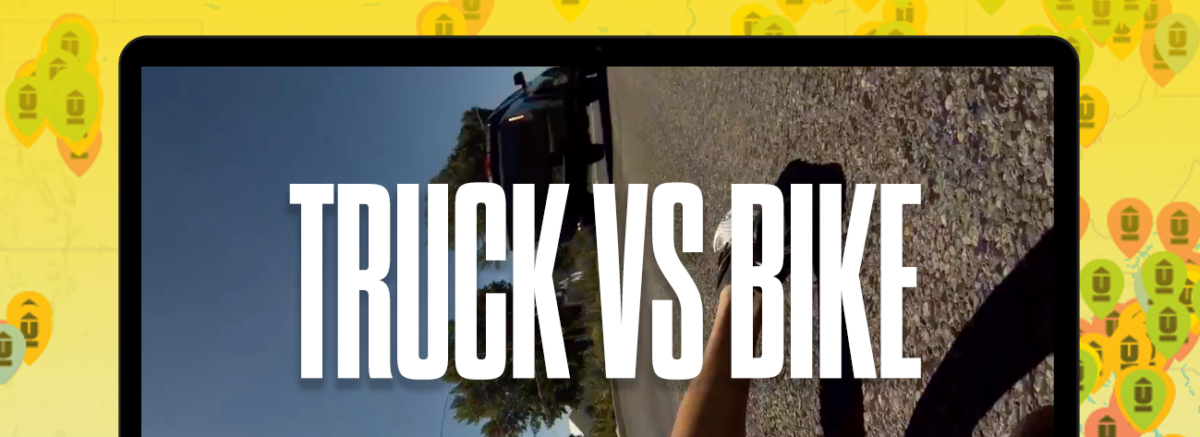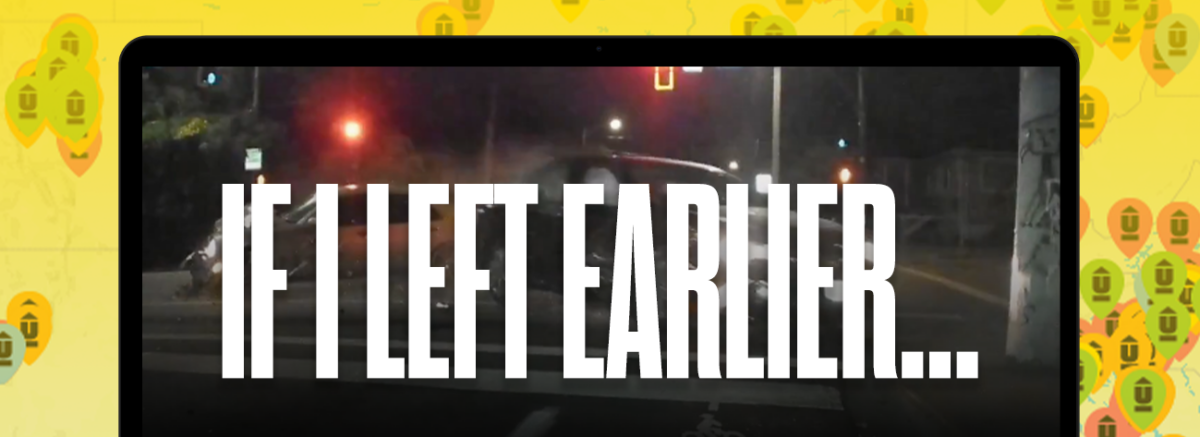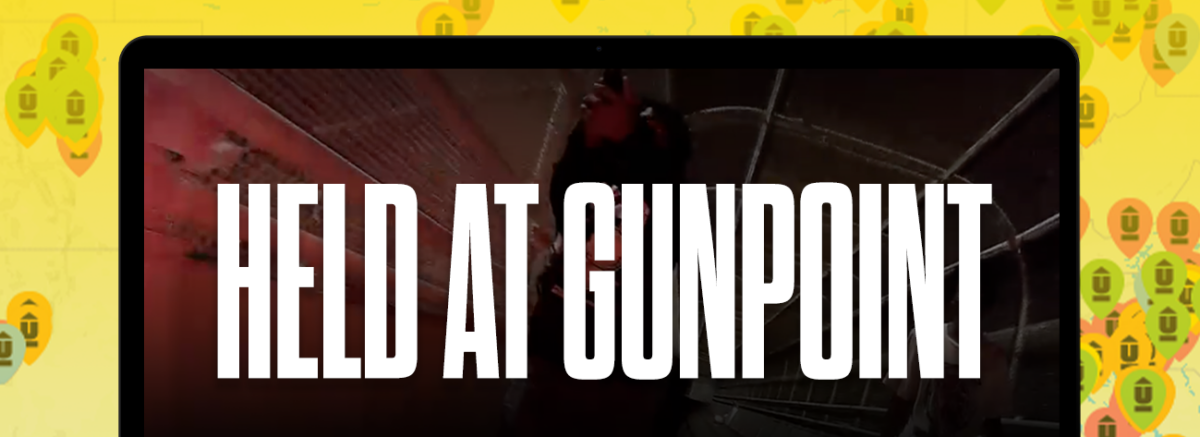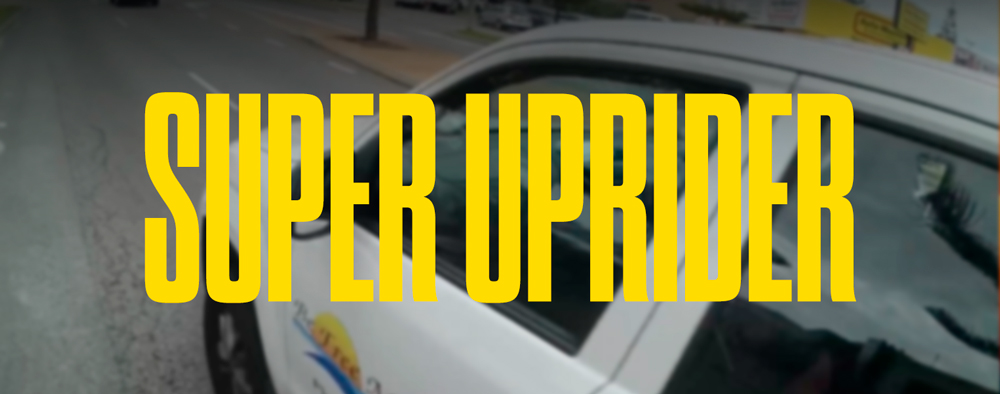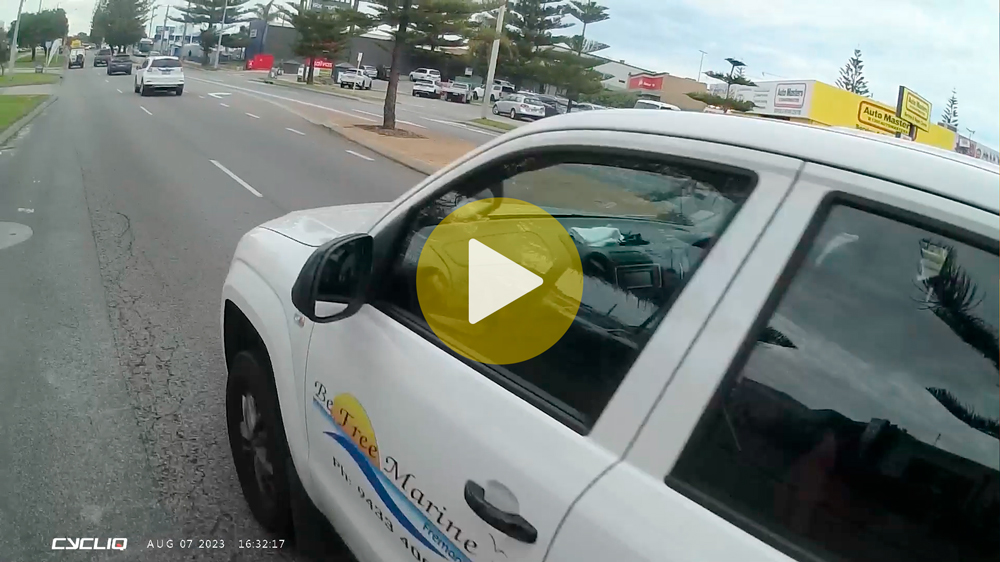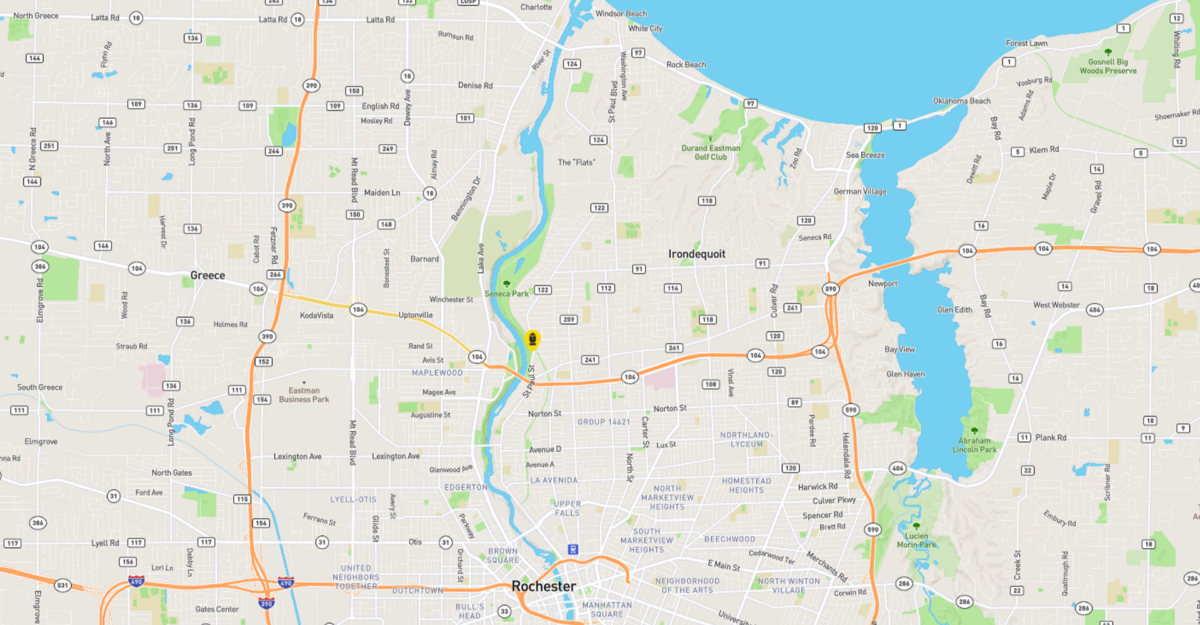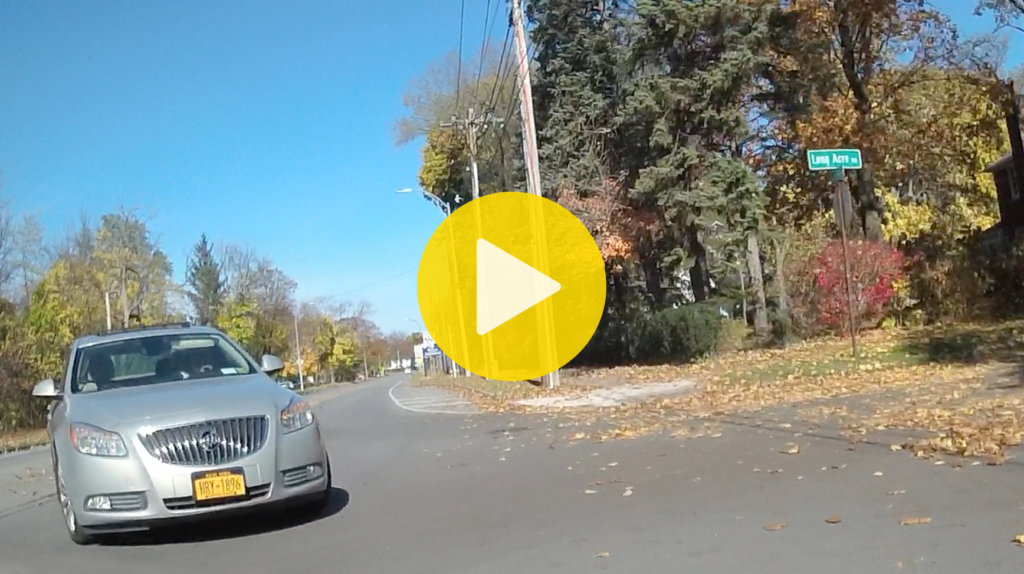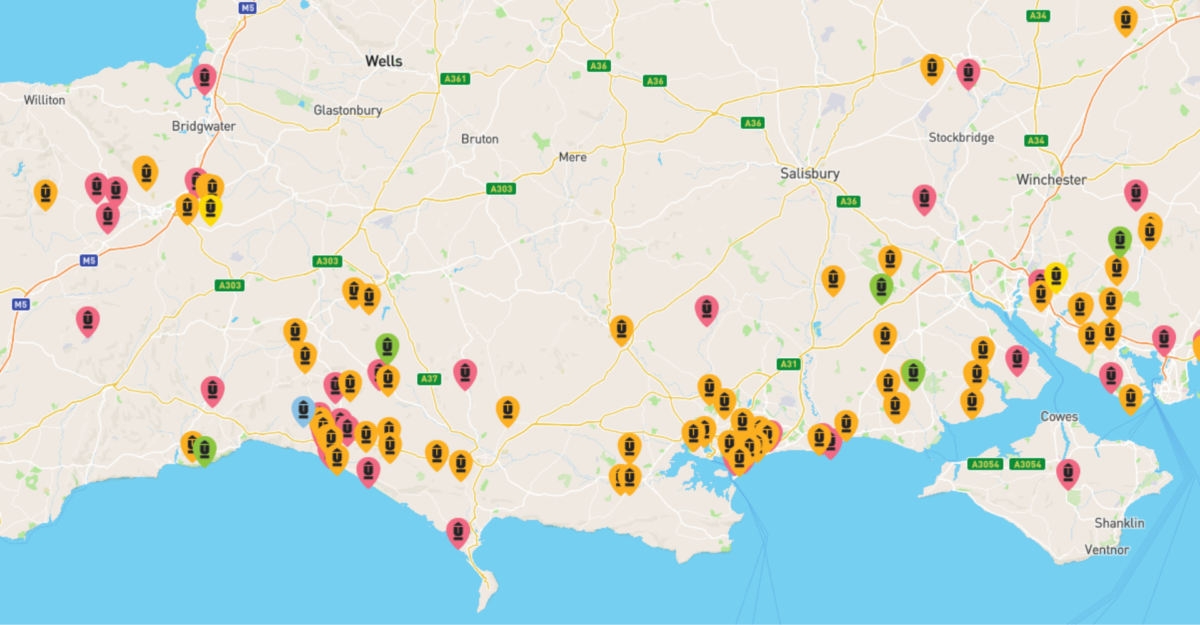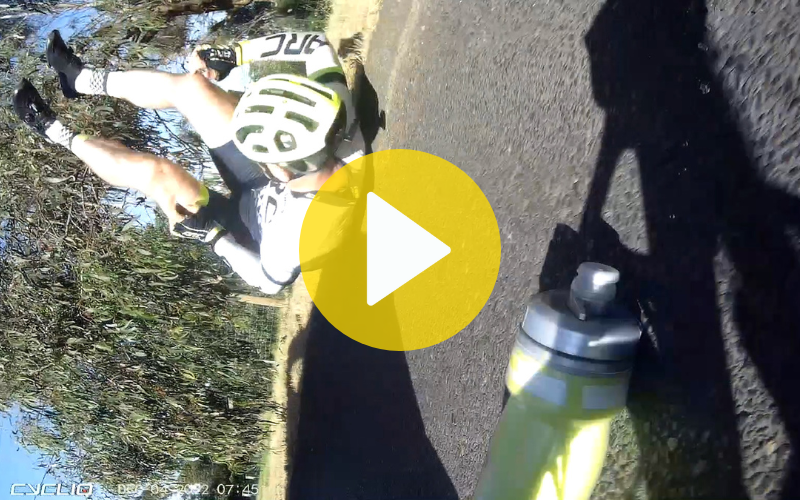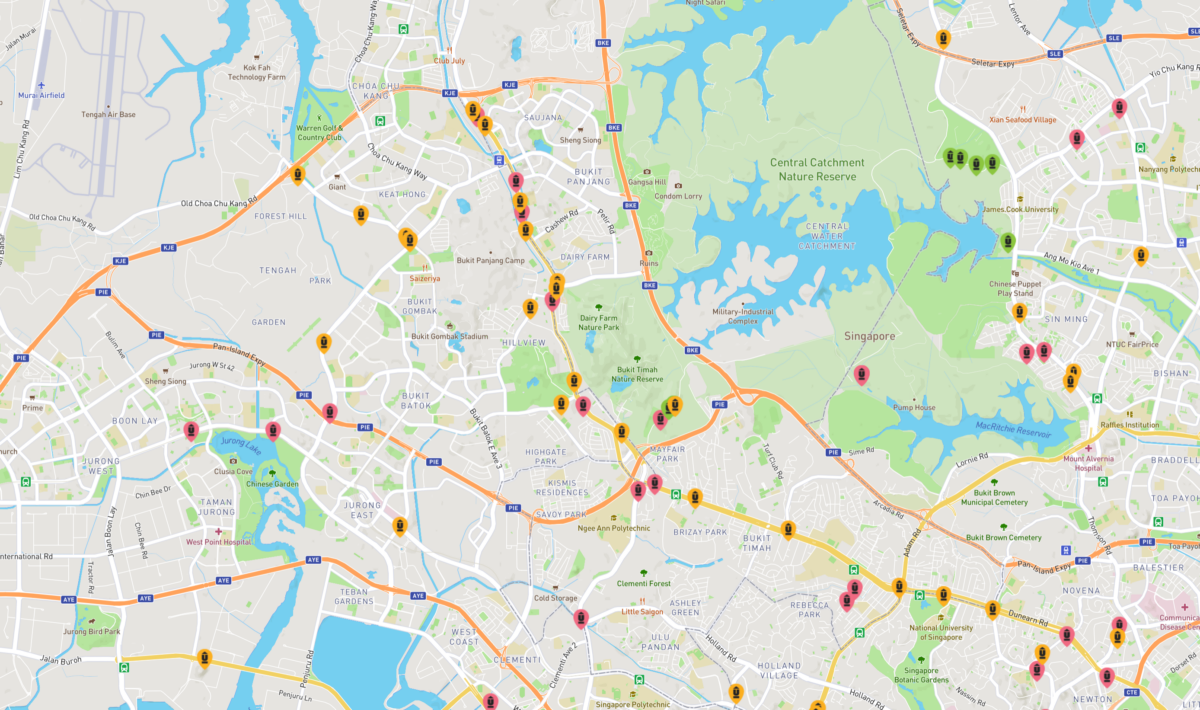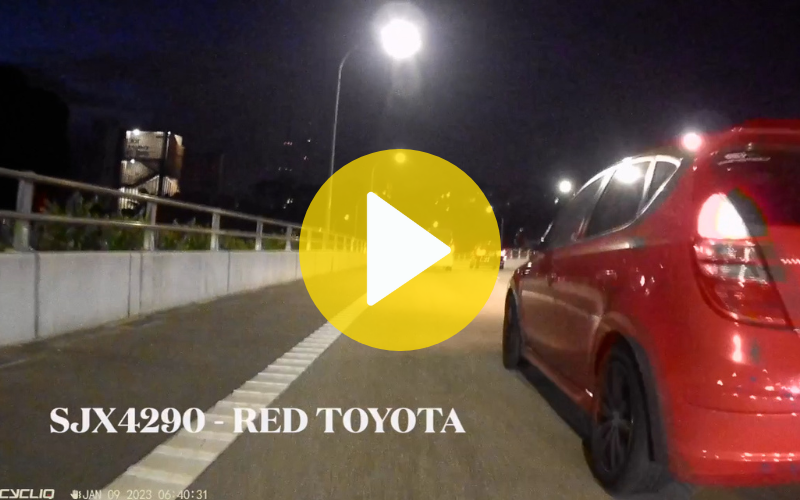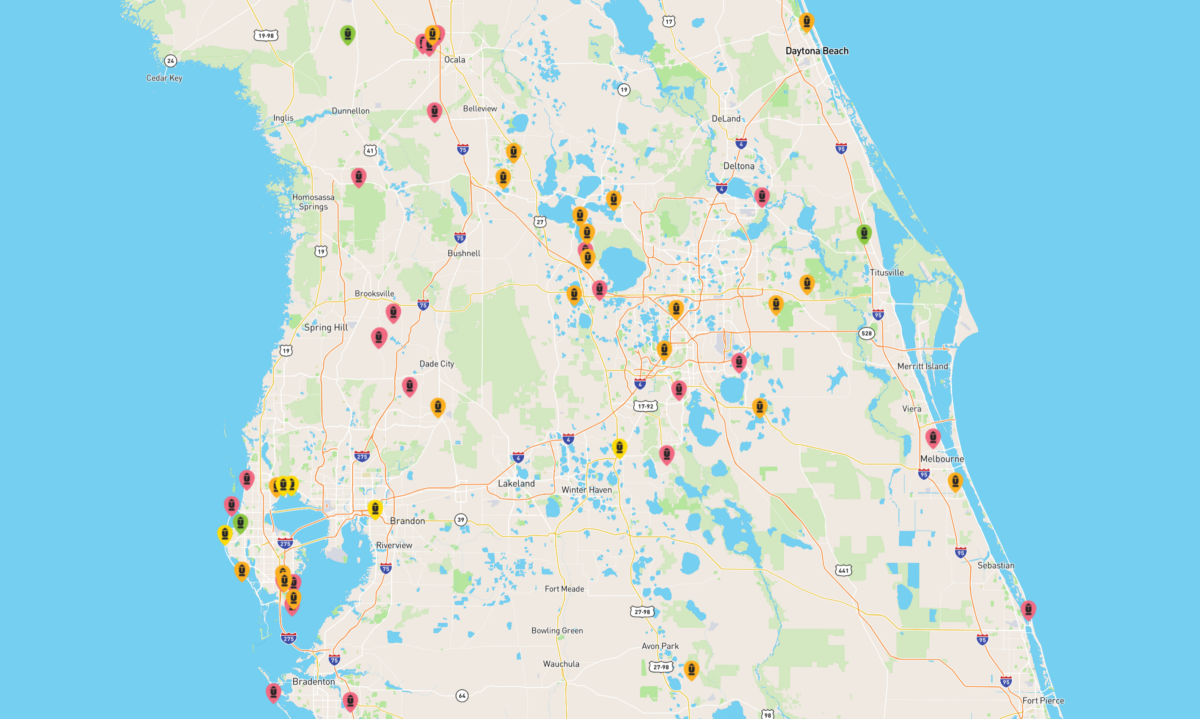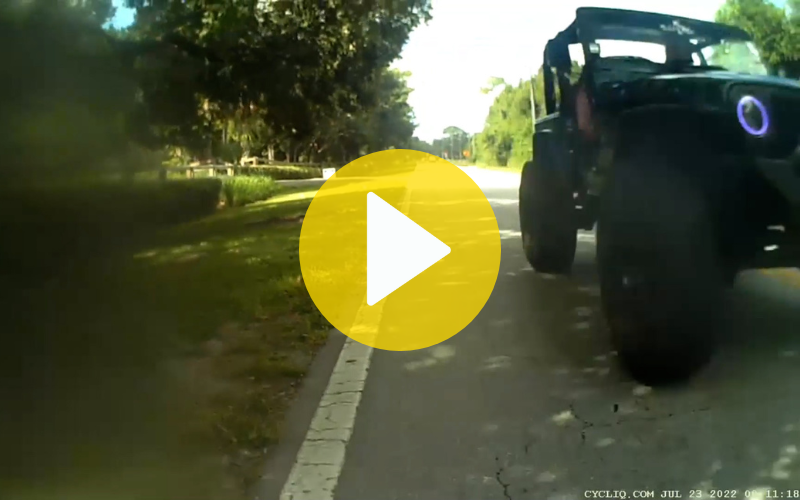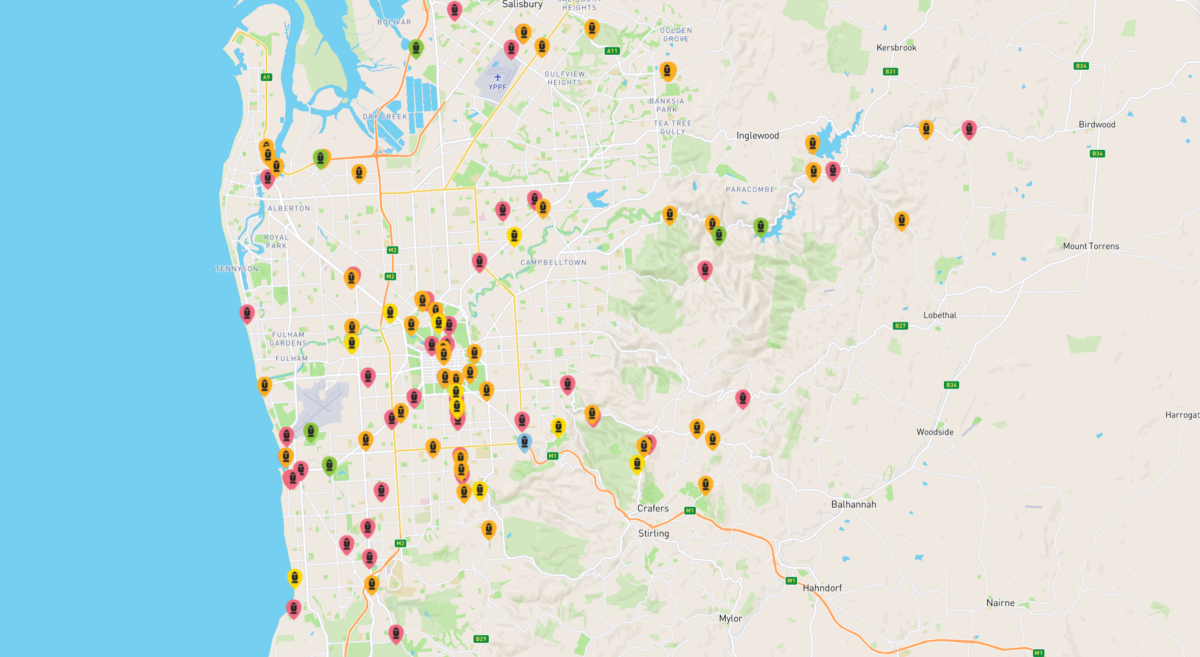S shares a troubling incident on UpRide involving a truck driver who ignored traffic laws and safety signals. Despite the cyclist’s clear intentions, the truck driver’s reckless actions created a dangerous situation that resulted in a collision, without considering the cyclist’s safety. This incident underscores the importance of road safety and serves as a cautionary tale for all road users.

Why do you record your ride?
I record all my rides for multiple reasons. 1) Sometimes the beauty of nature just takes my breath away and I love to remember all of the amazing terrain that is in our world. From Riding around Mt. Rainier in the Pacific Northwest, to the desert terrain of Utah. It is all beautiful and I love to relive it from time to time. 2) I enjoy embedding my ride data into the videos that I record so I can see my power and metrics at the same time as my rides. It allows me to train more effectively but is also cool to see. It is even better when I drop music on top. 3) When I was riding with a team, it was nice to have records of the rides, and was good for marketing. 4) If I get hit by a car, I have evidence of what happened, not what the driver claims happened. In the battle of cars vs. bikes, the car will always win so it is nice to have indisputable evidence of what actually happened.

What do you think about UpRide?
While it is always fun to commiserate with my riding peers it is often very painful to see what we all go through. There is so much evidence of dangerous drivers out there I think it would be good to have a “driving with bicycles” education center that is mandatory viewing for licensure. It seems to be getting worse with drivers today and if they knew a lot of us ride with cameras it would probably help.

When do you feel most vulnerable as a cyclist?
I feel the most vulnerable when riding on streets in small towns. Drivers often don’t understand how dangerous it is when a two-tonne auto bumps a rider.

In your opinion, what are the most crucial steps to be taken to enhance safety for cyclists on the road?
Education of drivers. They need to watch videos of what a car does to a bike. After education, having video of rides to confirm culpability is HUGE. Even with very obvious video evidence of being struck by a truck the drivers insurance company denied responsibility. If the driver hit a car from behind it would be 100% their fault. So why is it not so with hitting a biker? Doesn’t make any sense. In summary… 1) Education. 2) Video evidence.

If reported, If the incident was reported, could you shed light on the reporting process?
The incident was reported to the police after it happened so no citation was issued to the driver. I went straight to urgent care after the incident and called to local police to report it after returning from urgent care. Even with direct video evidence of the driver crossing a double yellow (illegal in the US) and striking me as I began my turn, there was no citation issued. Without a citation, the insurance company claimed it was 70% my fault for turning.

What piece of advice would you offer to other cyclists out there?
ALWAYS, and I mean ALWAYS ride with a camera front and back and ride like the cars are out to get you. Signal every turn and ride like your life depends on it.

Want to share your story?
We’d love to hear from you. If you would like to share your stories and experience as a cyclist please reach out to the UpRide team.

